The Algarve knows what it wants for the railway and the Government knows what the Algarve wants. But when – and if – the region's demands will be met, no one can say very well.
The train connection to the airport of Faro through a tram train – with passages at the University of Algarve, Parque das Cidades and Loulé – the high-speed connection to Seville and the reinstatement of the Tunis rail link, which would allow travel between Lagos and Lisbon without transshipment, are some of the region's medium-long requirements deadline, which, everything indicates, will be included in the National Rail Plan, which is being drawn up by the office of the Minister of Infrastructure.
However, there are improvements that could arrive as early as 2023, when (and if) the electrification of the Algarve Line is completed. The “if” is linked to the fact that the work for the section between Tunes and Lagos has not yet been awarded.
This work will allow "immediately a change to electric rolling stock, which will guarantee a notable improvement in the quality of the service", guaranteed Frederico Francisco, coordinator of the working group for the preparation of the National Rail Plan, in statements to Sul Informação.
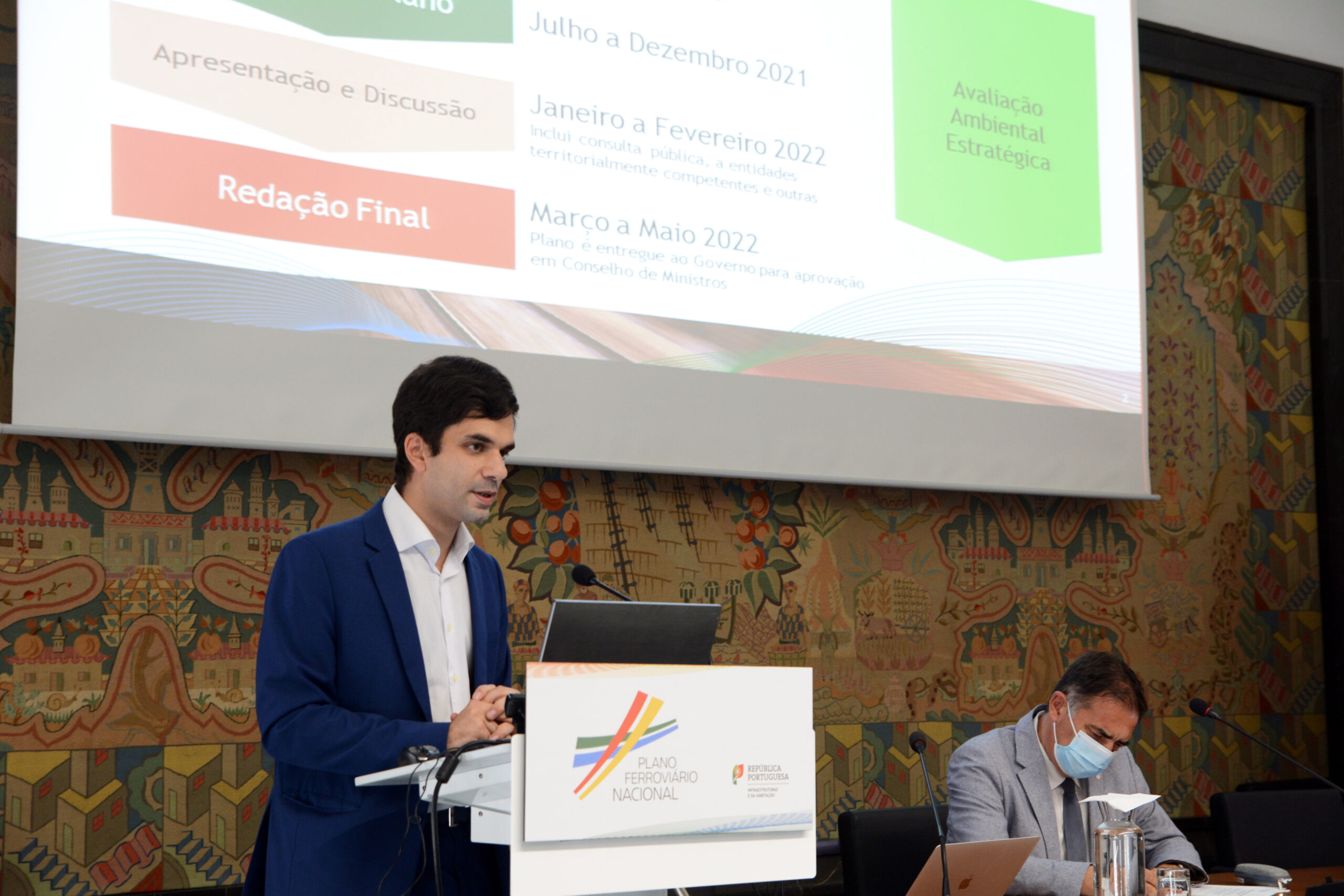
The official was, this Monday, at CCDR Algarve, listening to the contributions of the Algarve to the strategic document that should be concluded within a year.
And these contributions came from various parts: from mayors, from the Mais Ferrovia Movement, from businessmen… Everything, in a session that lasted more than three hours.
CCDR received the plan coordinator with homework done. He listened to specialists, such as Professor Manuel Tão, from the University of Algarve, listened to the Mais Ferrovia Movement and, through the voice of its president José Apolinário, presented the priorities – and proposals – for what could be mobility in the region.
Despite having shown satisfaction with the line's electrification work, which will bring improvements in the short term, Apolinário recalled that "there is still a need to plan for the replacement of rolling stock and the reinforcement and accessibility of digital connectivity in all train, rail and train stations" .
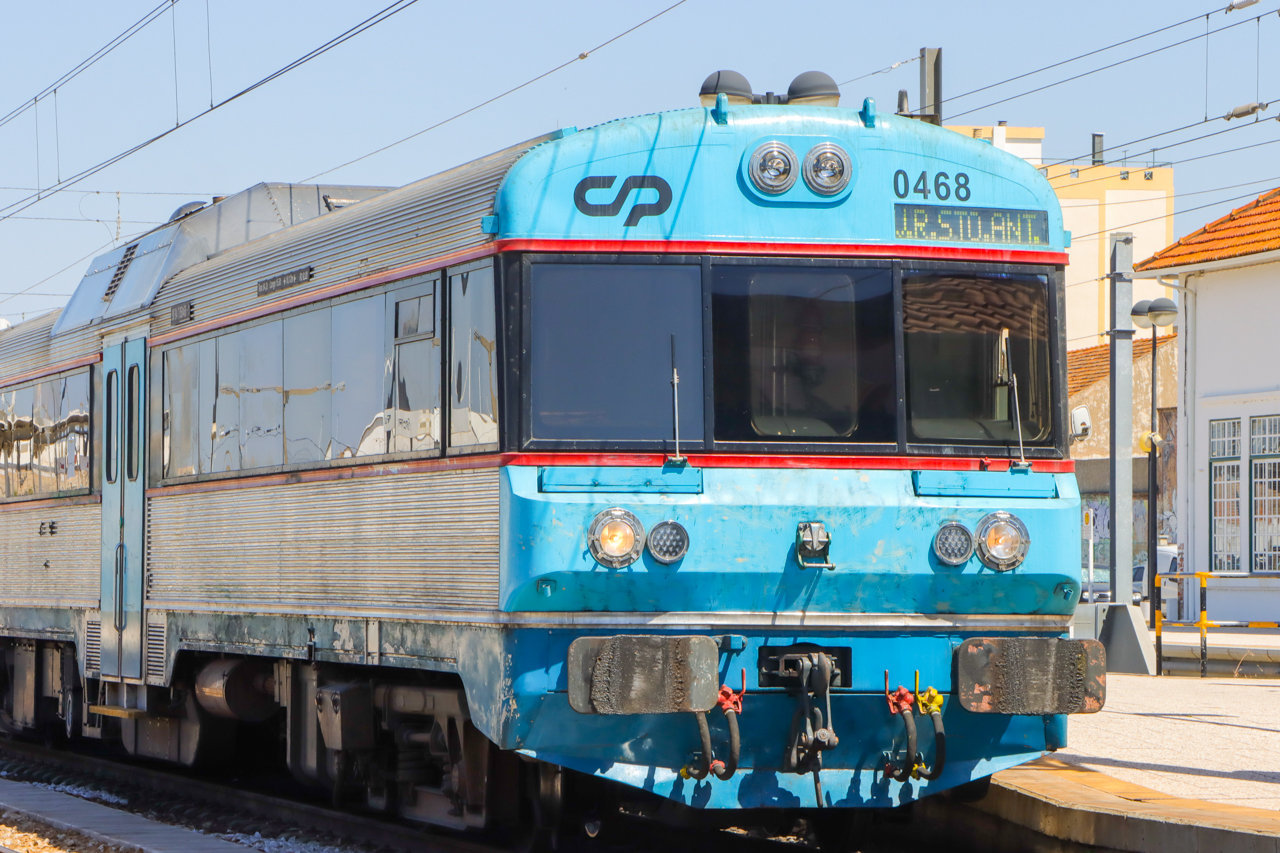
"We want and demand more modern railcars and trains, allowing travel in conditions of quality and comfort from Lagos to Vila Real de Santo António, with reduced travel time and timetables that do not require the use of automobile mode", he stressed.
According to the president of the CCDR, it is still necessary to “restore the railway agreement in Tunis” by correcting “a decision taken in Lisbon and which harms the Barlavento do Algarve sub-region. We want and defend the possibility of carrying out intercity trains from Lisbon to Lagos and vice versa, without transshipment from Tunis».
If these two priorities can be resolved in the (relative) short term, there are other much more ambitious projects on the horizon for the Algarve, namely the light rail connection, by tram train, from the season of Faro to the Airport, also passing through the University of the Algarve, Parque das Cidades (with the future Hospital Central do Algarve) and arriving in Loulé (via the western part of the city, via the Franqueira corridor).

The arrival of the train line at the Airport of Faro it's been a topic discussed for several years and, whenever it's talked about, it's about studies. About a month ago, the Minister of Infrastructure was in the Algarve and guaranteed that the feasibility study of this investment "if it hasn't started yet, it's about to start".
In January, the Público newspaper had already revealed some layout possibilities that are included in “exploratory analyses” carried out by Infraestruturas de Portugal.
However, José Apolinário explained to the Sul Informação, “that previous study was to take the heavy train to the airport. The new thing now, that this team has been defending, is the connection by tram train which is a less impactful solution in terms of the environment, since, as it has the same gauge rail, it allows transporting as much fuel for the planes as for passengers. But we have to be clear, this implies that new studies are carried out».
José Caramelo, from the Mais Ferrovia Movement, justifies the choice for this line tram train «as it exists in Metro do Porto, Almada or Seville», for having a «reduced environmental impact and being able to adapt».
Once again, the Ministry of Infrastructure's guarantee is that this “dream” of the Algarve is a very real possibility, not least because “it is provided for in the National Investment Plan (2030)” which makes it a “studied” project. already in a serious way to decide on its viability and pertinence», he told our newspaper Frederico Francisco.
The relevance is, for those responsible for the airport and the University of the Algarve, unquestionable.
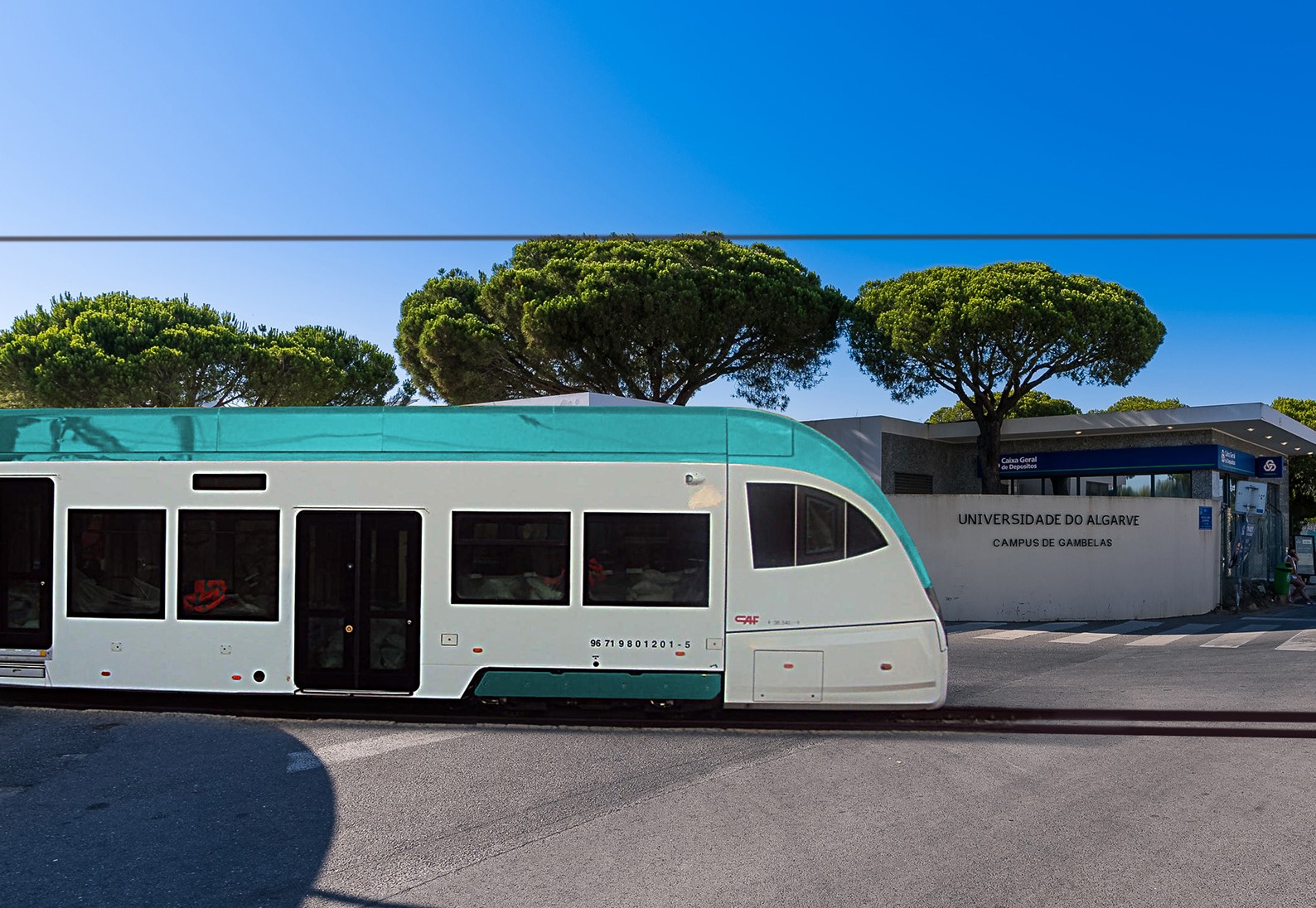
Alberto Mota Borges, Director of the Airport of Faro, presented data that were not surprising: “with regard to passengers using the Airport, the use of the railway is practically non-existent. They mostly use taxis. Those who work at the airport, for the most part, also travel by car», with obvious consequences for CO2 emissions.
In addition to the users and employees of the airport, explained the infrastructure director, «every day, in the summer, we have 30 trucks transporting jetfuel from Loulé Station and 10 more trucks that supply from Huelva. In addition to the road traffic that this entails and the inherent risk, there are also issues of labor conflicts, as happened two years ago, when we were left with no alternative to supply”.
Students who do not have alternatives to get to the University of Algarve are the students. Paulo Águas, dean of the University of Algarve, gave an example: «a student from Olhão, to reach Gambelas, by public transport, takes 53 minutes. If you come by private transport, it takes 18 minutes. The same happens with, for example, a student from Vila Real de Santo António, who takes an hour by train to Faro, but then it takes another 44 minutes to reach Gambelas».
The numbers released by Paulo Águas also showed a worrying trend: «the further we move away from Faro, the smaller the percentage of young people choosing the University of the Algarve and the smaller percentage of young people attending higher education. This is bad for the region», he defended.
In this session of discussion of the National Railway Plan, the Mais Ferrovia Movement presented the suggestion of creating a line, also for light rolling stock, further south, which could serve the cities of Quarteira or Albufeira, which have their respective stations far from the grid. urban.
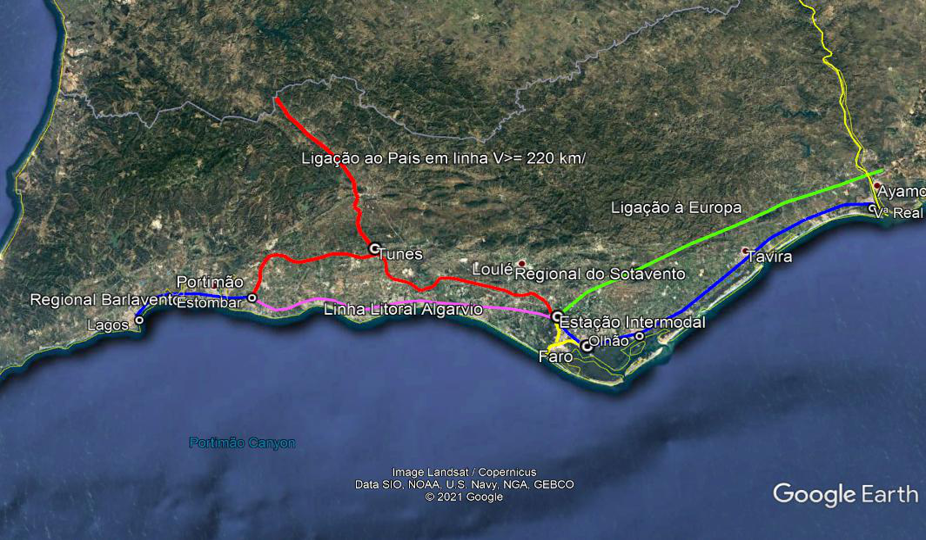
«We propose a new typology of trains, with high frequency and proximity to the population, as new stopping points», stressed José Caramelo. In the background, a new Line of the Algarve Coast.
Also at the central level, this distance from the cities' railway line, mainly between Loulé and Lagoa, is identified, explained Frederico Francisco.
«The line next to Quarteira, Albufeira and Lagoa passes far away. If we want the railway to be structuring for the Algarve region, it is necessary to change this situation. The Algarve is almost like a medium-sized city spread over a coastline with several kilometers. The challenge is to create an offer that satisfies the population», highlighted the plan's coordinator.
During most of the discussion, there was broad consensus and, in the specific case of the high-speed link to Huelva, there were no differences between the speakers: it is a structuring investment for the region.
“We want to be able to put the high-speed connection between Seville and Seville Airport back on the agenda. Faro, which will be strategic for the region», highlighted José Apolinário.
«We fight for the development of the southwest Iberian corridor», and «the development of this corridor has the support of the Algarve's municipalities and businessmen and their associations» which «will reinforce the positioning of the Algarve and the Airport in the region in the Iberian and European context» , reinforced.

To connect the existing Algarve Line, the high-speed line from Spain and the light line, it will be necessary to build an intermodal station. And here there are divergent points or, at least, there are those who already have a very clear idea about the right location of the infrastructure: Vítor Aleixo, mayor of Loulé.
Specialists defended the location of the station between São João da Venda and Patacão, but, for the mayor, there is no great doubt: the new station should be born in Parque das Cidades and he insisted on publicly defending it again.
José Apolinário admits that there are “small differences of opinion” like this one, being “a matter that must be studied, of course. Then there are other things like being able to create a line along the coast, which is not an issue for tomorrow. All contributions are valid and the Mais Ferrovia movement here plays a role in the movement of civil society, which should be highlighted».
What is certain is that, within a year, there will be a national railway plan that will bring together these proposals.
For Frederico Francisco, it was important to realize “that, around the various issues raised, there is a very large convergence of agents in the region. Putting the solutions on a long-term plan, the idea is that the country, as it becomes capable of investing – and there are always many requests, whether from the Algarve or other regions – will gradually manage to solve these problems. Are we going to solve them all by 2030? Certainly not, but at least let's give people a planning horizon».
The outline of the railroad of the future in the Algarve was done, but it is not known how long the “journey” will last. For the time being, the Algarve has only railcars to get there.
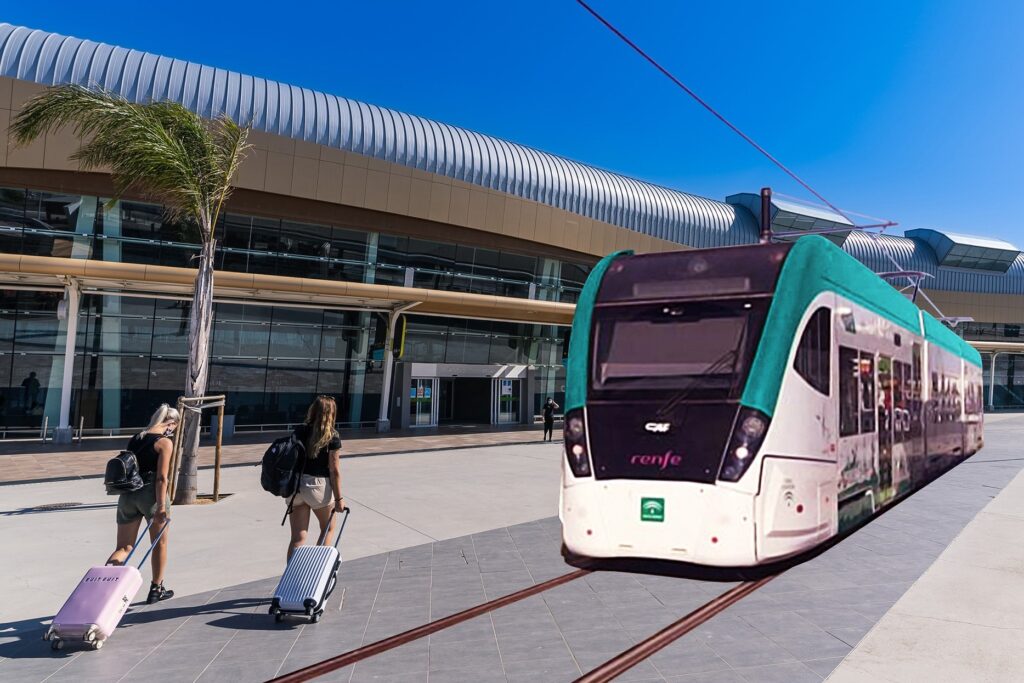



















Comments